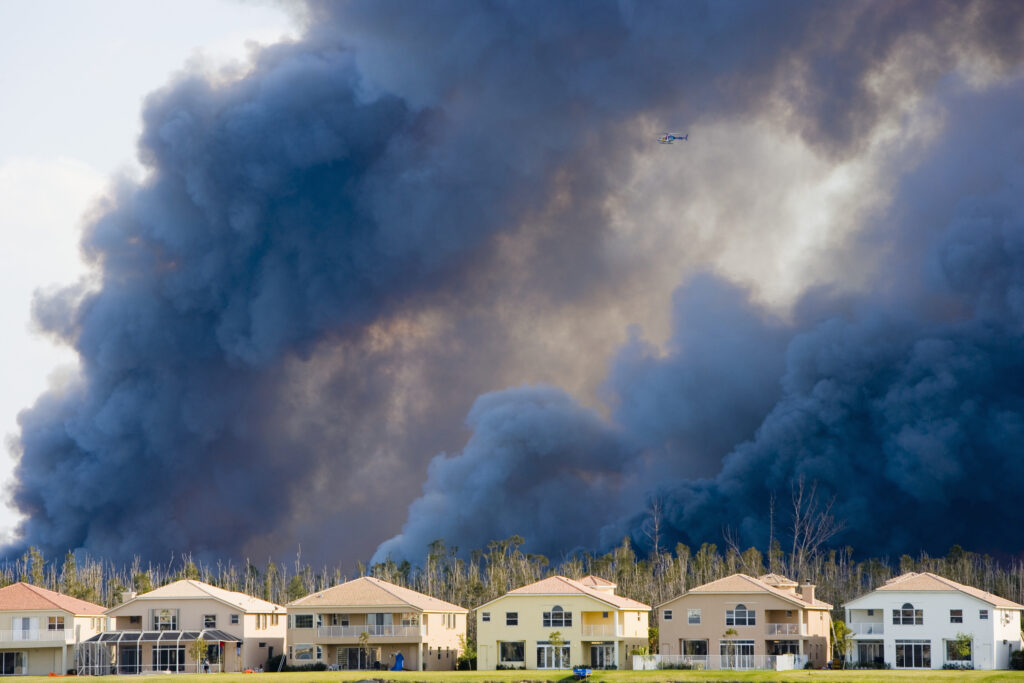
By Max Dorfman, Analysis Author, Triple-I
This wildfire season is predicted to be much less intense than regular, however folks in high-risk areas ought to concentrate on and ready for potential injury, in keeping with Craig Clements, a professor of meteorology and local weather science at San José State College.
“There are days folks actually must be cautious,” mentioned Dr. Clements, who directs the Wildfire Interdisciplinary Analysis Heart and is a Triple-I non-resident scholar. “Excessive hearth days are usually scorching, dry, and windy. If there’s ignition, these fires can unfold rapidly, relying on the gas sort.”
Regardless of record-breaking conflagrations throughout the Northern Hemisphere in recent times, U.S. wildfire frequency (variety of fires) and severity (acres burned) have been declining in recent times and in 2023 had been among the many lowest prior to now twenty years.

Whereas that development is constructive – reflecting progress in prevention of human-ignited wildfires – it isn’t a cause for complacency. One other long-term development has been the doubling of the share of pure disaster insured losses from wildfires over the previous 30 years, in keeping with Swiss Re. This displays the affect of a rising variety of folks dwelling within the wildland-urban interface – the zone of transition between unoccupied and developed land, the place buildings and human exercise intermingle with wildland and vegetative fuels.
A 2022 research within the journal Frontiers in Human Dynamics discovered that individuals are shifting to areas which might be more and more susceptible to catastrophic wildfires.
“They’re attracted by possibly a lovely, forested mountain panorama and decrease housing prices someplace within the wildland-urban interface,” mentioned College of Vermont environmental scientist Mahalia Clark, the paper’s lead creator. “However they’re simply completely unaware that wildfire is one thing they need to even take into consideration.”
To arrange, folks ought to preserve a watch out on the Nationwide Climate Service, social media, or watch the information, to make sure they’re prepared for any potential dangers, and be looking out for Purple Flag Warning days.
Dr. Clements additionally recommends referring to the Nationwide Interagency Fireplace Heart web site, which is up to date each day for hearth dangers specifically areas. Triple-I suggests wanting into the Wildfire Ready House designation program, which helps owners take protecting measures for his or her house and yard to mitigate wildfire dangers.
It’s additionally vital for owners to keep in mind that, following wildfires, rains may end up in landslides and particles flows that always aren’t lined by insurance coverage insurance policies. It’s particularly vital to know the distinction between “mudslides” and “mudflow” and to debate your protection with an insurance coverage skilled.
Study extra:
2024 Wildfires Anticipated to Be Up From Final 12 months, However Nonetheless Beneath Common
Tamping Down Wildfire Threats: How Insurers Can Mitigate Dangers and Losses
Mudslides Typically Observe Wildfire; Put together, Know Insurance coverage Implications
Triple-I “State of the Threat” Points Temporary: Wildfires: State of the Threat


